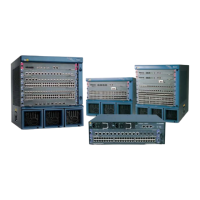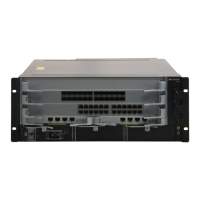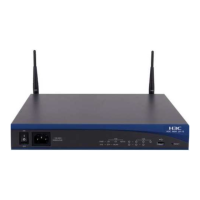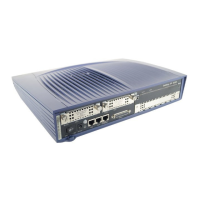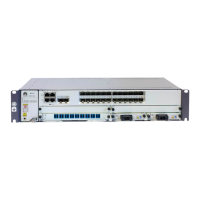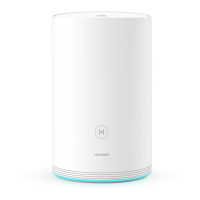5.1 BFD Overview
BFD, a uniform detection mechanism for an entire network, rapidly detects faults and monitors
the forwarding and connectivity of links or IP routes of the network.
On a network, a link fault is detected in either of the following methods:
l Hardware detection signals, such as in the Synchronous Digital Hierarchy (SDH) alarm
function, are used to detect a link fault rapidly.
l If the preceding method is unavailable, the Hello mechanism of a routing protocol is used
to detect a fault.
The following problems exist in the preceding methods:
l Hardware is used by only part of mediums to detect faults.
l The routing protocol-specific Hello mechanism takes more than 1 second to detect a fault.
If data is forwarded at gigabit rates, a large amount of data is dropped.
l On a small-scale Layer 3 network, if no routing protocol is deployed, the routing protocol-
specific Hello mechanism does not detect a fault. This means that a fault between the
interconnected systems is hard to locate.
BFD is developed to resolve the preceding problems.
BFD provides the following functions:
l Detects faults rapidly in paths between neighboring forwarding engines, with light loads
and high speeds.
l Uses a single mechanism to monitor any medium and protocol layer in real time. In addition,
the detection time and costs are variable.
5.2 BFD Features Supported by the S6700
This section describes the BFD features supported by the S6700.
The S6700s send BFD control packets based on the negotiated period. If an S6700 does not
receive the packet of the peer within the detection time, the S6700 sets the BFD session in Down
state. The upper-layer application can take actions according to the status of the BFD session.
BFD Session Establishment Supported by the S6700
BFD uses the local discriminator and remote discriminator to differentiate multiple BFD sessions
between the same pair of systems. According to the difference in the modes of creating the local
discriminator and the remote discriminator, the S6700 supports the following BFD session types:
l Static BFD sessions with manually specified discriminators
l Static BFD sessions with automatically negotiated discriminators
l Dynamic BFD sessions triggered by a protocol
A dynamic BFD session triggered by a protocol is implemented as follows:
l The local discriminator is allocated automatically.
l The remote discriminator is learned by the local end.
Quidway S6700 Series Ethernet Switches
Configuration Guide - Reliability 5 BFD Configuration
Issue 01 (2011-07-15) Huawei Proprietary and Confidential
Copyright © Huawei Technologies Co., Ltd.
183

